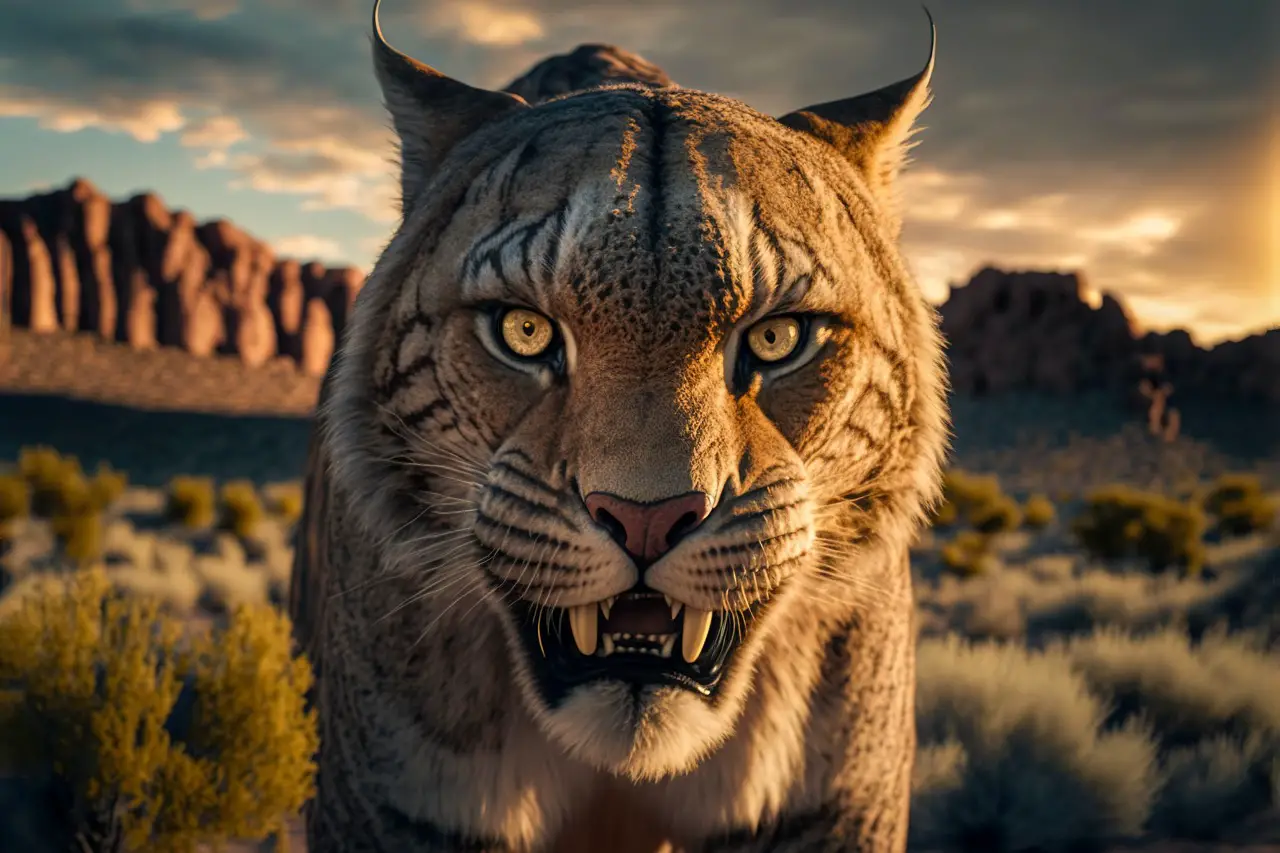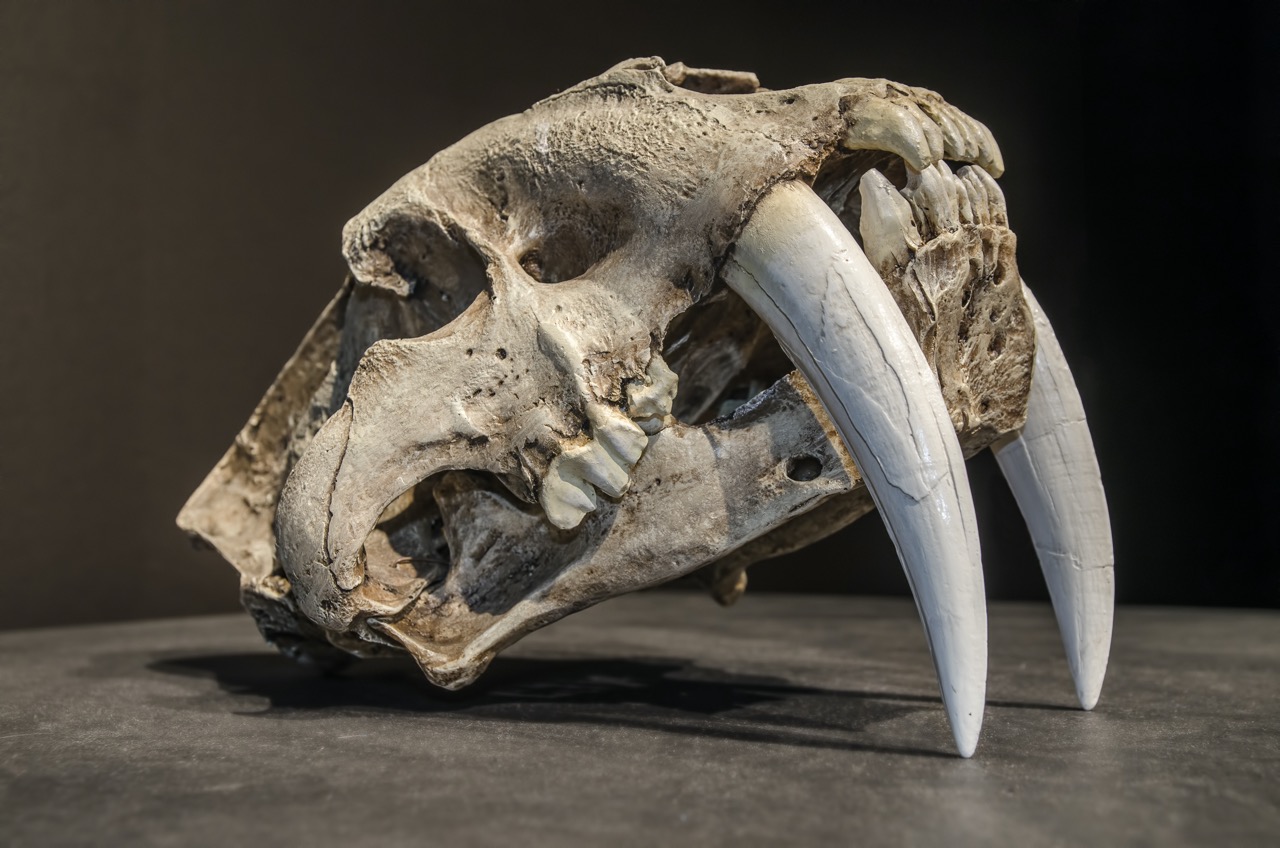The last ice age was a time of remarkable coexistence, where the Earth’s landscapes were shared by primitive humans, awe-inspiring predators like saber-toothed cats. Recent research has uncovered a bone-deep mystery that might hold the key to understanding the demise of these magnificent creatures. A new study has revealed a surprising connection between their extinction and a bone disease known as osteochondrosis dissecans, shedding light on how factors such as climate change, human influence, and inbreeding might have played a role in their fate.
Osteochondrosis Dissecans: The Hidden Clues in Bones
A groundbreaking study has unearthed intriguing evidence pointing to a potential explanation for the extinction of saber-toothed cats. Researchers have meticulously examined the bones of these ancient predators and discovered an increased prevalence of a skeletal disorder called osteochondrosis dissecans. This disorder manifests as bone defects that weaken the structure and stability of bones, ultimately affecting the animals’ mobility and ability to survive in their challenging environments.
The study’s findings revealed that the bone loss associated with osteochondrosis dissecans had specific impacts on the saber-toothed cats. Saber-toothed cats exhibited bone defects primarily in their knees. These areas were crucial for their hunting strategies and territorial patrols, making the bone loss a potential game-changer in their survival dynamics.
Unraveling the Origins of Osteochondrosis Dissecans
The rise of osteochondrosis dissecans in these predators was likely influenced by a combination of factors. Climate change during the last ice age led to population isolation, forcing these species into smaller gene pools and potentially promoting inbreeding. This genetic bottleneck might have contributed to the heightened prevalence of this bone disorder. Additionally, the encroachment of primitive humans into their territories and the resulting environmental pressure could have accelerated the decline of these predators already struggling with bone defects.
How Osteochondrosis Dissecans Affects Survival and Extinction
The presence of osteochondrosis dissecans among saber-toothed cats might have played a pivotal role in their eventual extinction. The bone defects associated with this disease could have left them vulnerable to the challenges posed by shifting climates, dwindling resources, and the increasing presence of humans. As predators at the top of the food chain, any weakness in their physical capabilities would have severe repercussions for their ability to hunt and compete in their ecosystems.
The coexistence of saber-toothed cats and primitive humans during the last ice age was a marvel of nature’s tapestry. However, the intricate threads that held this delicate balance together included factors that eventually unraveled their shared destinies. The discovery of increased osteochondrosis dissecans prevalence in these predators’ bones sheds light on the complex interplay between climate change, inbreeding, human influence, and the vulnerability of species at the brink of extinction. As we reflect on this bone-deep glimpse into the past, we gain insights that resonate with the delicate ecological dance of our present and future.
Read the full story:
The Extinction of Saber-Toothed Cats and Dire Wolves May Have Been Written in Their Bones
A few tens of thousands of years ago, the world would have looked a lot more like a fantasy land. The landscape was covered over by wilderness, humanity not yet having sequestered it to the fringes of our borders.

